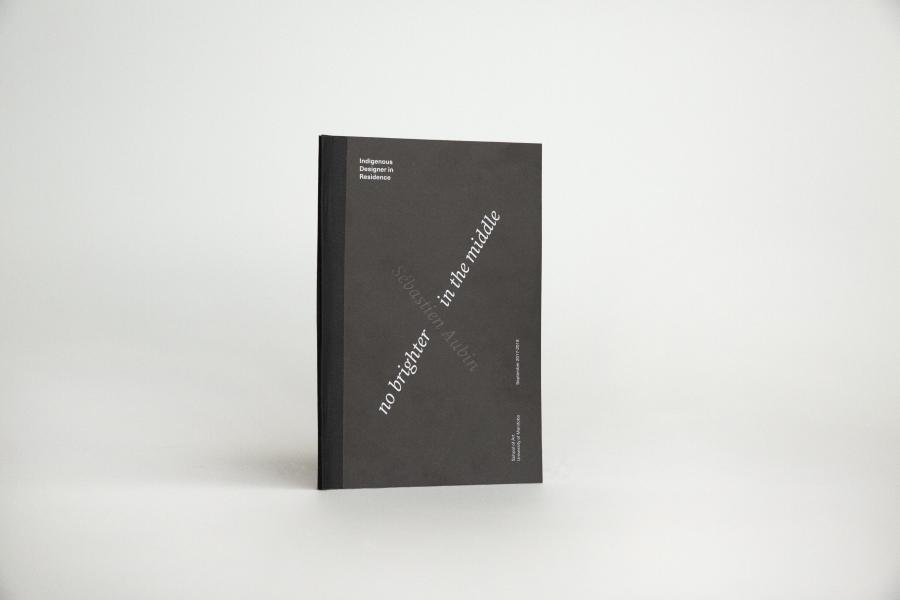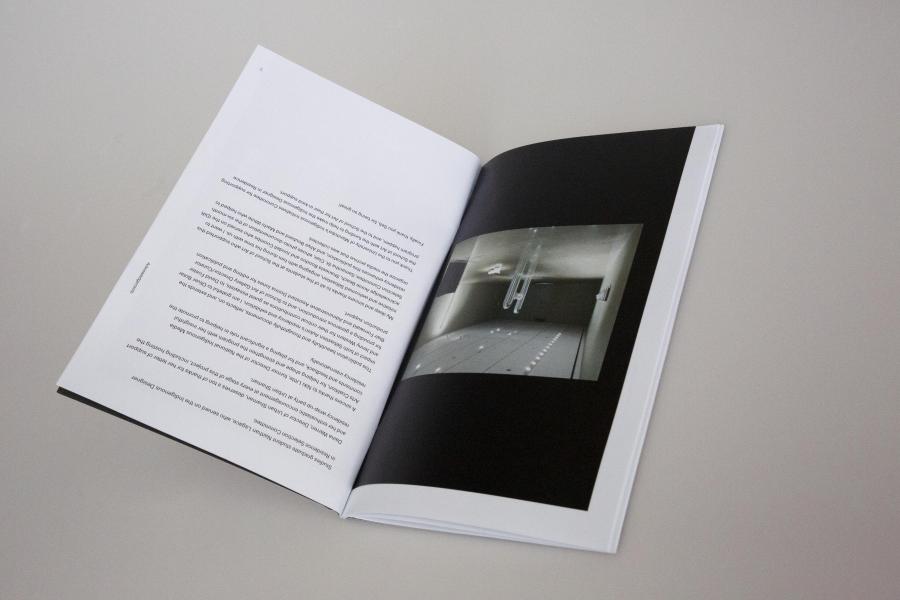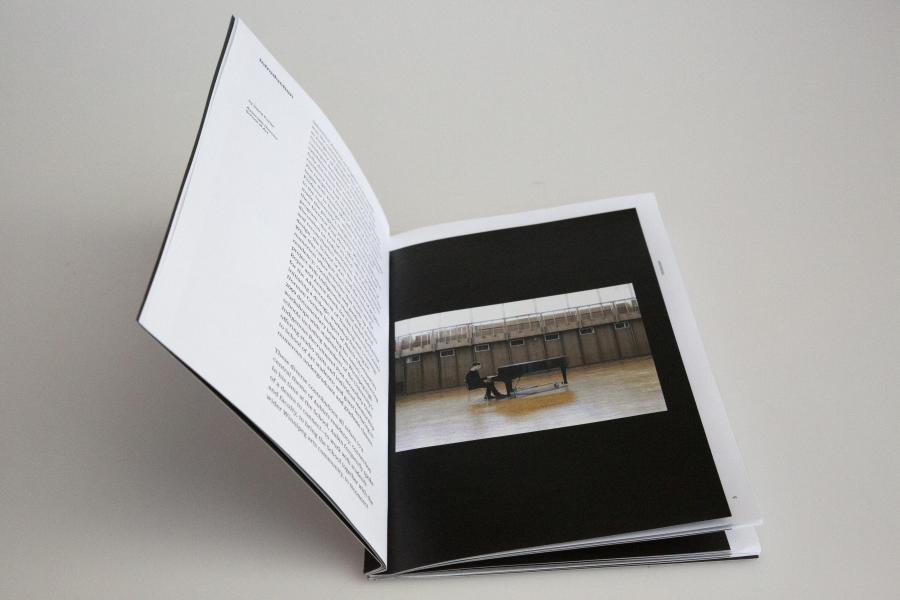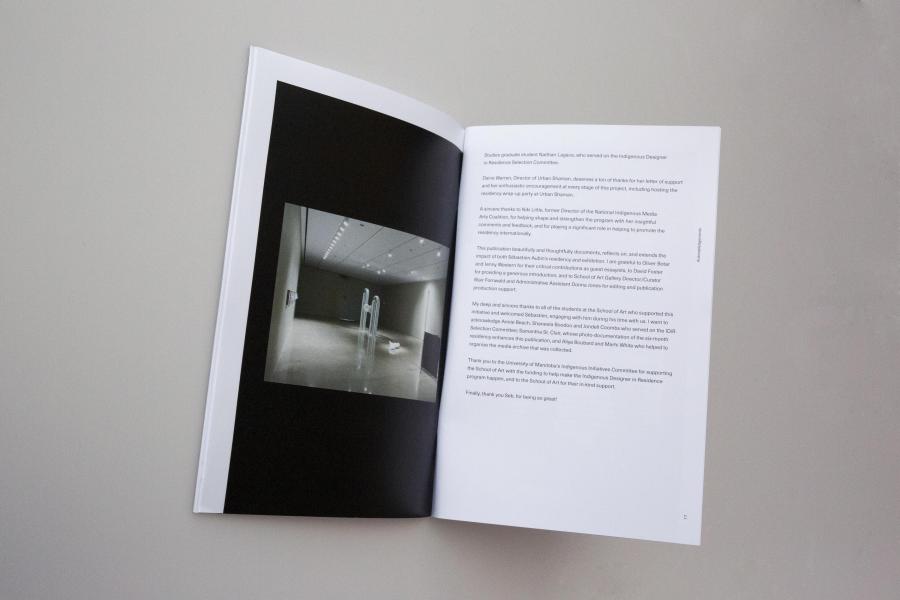Indigenous Designer in Residence (IDIR) Program




Indigenous Designer in Residence—Introduction
by David Foster
Associate Director, School of Art
Sébastien Aubin’s ‘no brighter in the middle’ was the culmination of his six-month term as Indigenous Designer in Residence at the University of Manitoba School of Art. While this catalogue documents the amazing work and the exhibition that this residency produced, it cannot fully document the lasting impact that Aubin’s residency has had on the School of Art community. The Indigenous Designer in Residence program began with Daniel McCafferty, an Assistant Professor in Design, whose successful application to the University’s Indigenous Initiatives Fund made the program possible. With the support of then-Director Paul Hess, McCafferty proposed the program—the first of its kind—as a way to initiate discussion on Indigenization, decolonization, and reconciliation within the contexts of graphic design, the School of Art, and the University. What this catalogue does not contain are the numerous other activities that made up Aubin’s residency: coordinating and guiding a mural project with Indigenous student artists Katherine Boyer and Annie Beach for the University’s Centre for the Advancement of Teaching and Learning; initiating a dialogic workshop featuring Dr. Norman Cornett (subject of Alanis Obomsawin’s 2009 documentary bearing his name); conducting workshops with students from Winnipeg high schools including members of the University’s Indigenous Recruitment Post-secondary Club; offering studio visits and individual mentorship to School of Art students; and guest lecturing in numerous undergraduate and graduate classes.
These diverse contributions all return to a central theme of Aubin’s residency: connection In his time at the School, Aubin frequently spoke of a desire to connect—to work with students and faculty, to bring the School together with the wider Winnipeg arts community, to reconnect with his own community of the Opaskwayak Cree Nation, to bring together graphic design and fine art practices, and to connect the past with the future. Ultimately, this is the legacy of Aubin’s work as Indigenous Designer in Residence; it has spurred the School to look for new ways to connect with Indigenous artists, with Indigenous students, and with the Indigenous community in Winnipeg and Manitoba. In an interview with UMToday, Aubin noted that the exhibition’s title “means that one person that shines bright, like a star, needs the people around them to actually acknowledge them, and they in turn need to shine that light as well.” The School of Art and the University of Manitoba have a lot of work to do to achieve the goals of reconciliation, but Aubin’s time as Indigenous Designer in Residence has helped shine a light towards a path to reaching these goals.
